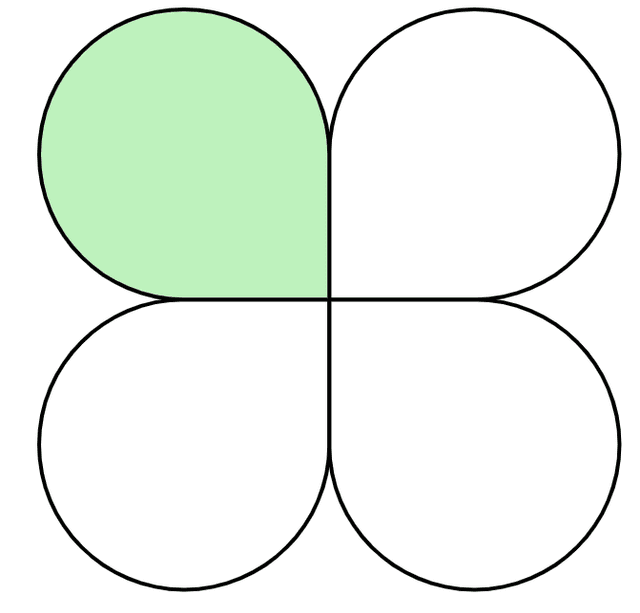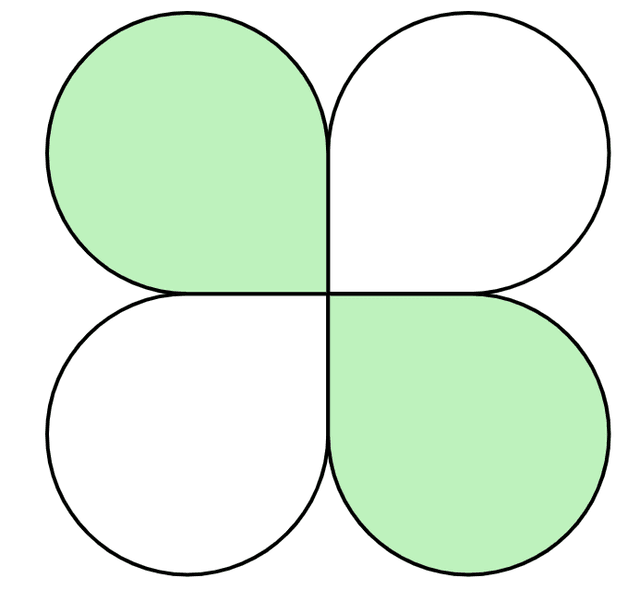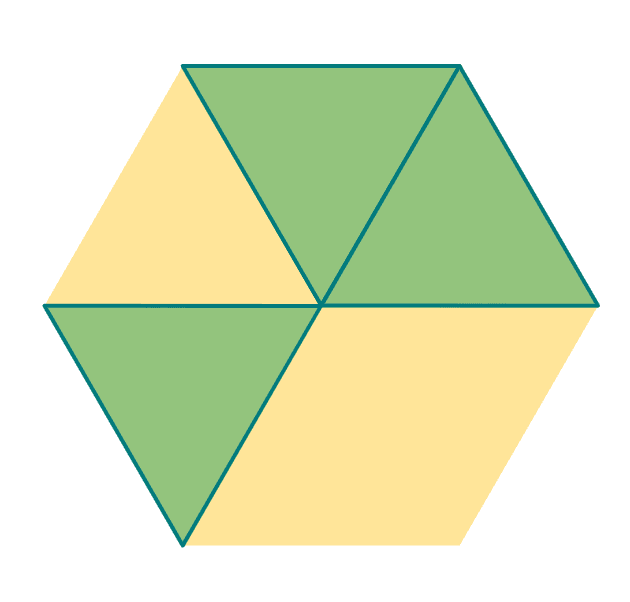Myths about teaching can hold you back


- Year 3
Use repeated addition of a unit fraction to form 1
I can use repeated addition of a unit fraction to form 1


- Year 3
Use repeated addition of a unit fraction to form 1
I can use repeated addition of a unit fraction to form 1
These resources were made for remote use during the pandemic, not classroom teaching.
Switch to our new teaching resources now - designed by teachers and leading subject experts, and tested in classrooms.
Lesson details
Key learning points
- When the numerator and denominator are the same, the fraction is equal to 1
- Repeated addition of unit fractions forms a fraction equal to 1
- A number line represents the repeated addition of unit fractions to total 1
Keywords
Unit fraction - A unit fraction is a fraction where the numerator is 1
Non-unit fraction - A non-unit fraction is a fraction where the numerator is greater than 1
Denominator - A denominator is the bottom number in a fraction. It shows how many parts a whole has been divided into.
Numerator - A numerator is the top number in a fraction. It shows how many parts we have.
Common misconception
When counting, children might think that 1 comes one step after the numerator and denominator are the same. For example, "...five-sevenths, six-sevenths, seven-sevenths, 1".
As the teacher, count in a given unit fraction and ask the children to stand up, wave or respond in some way when you get to the unit fraction that's equivalent to 1 (when the numerator and denominator are the same).
To help you plan your year 3 maths lesson on: Use repeated addition of a unit fraction to form 1, download all teaching resources for free and adapt to suit your pupils' needs...
To help you plan your year 3 maths lesson on: Use repeated addition of a unit fraction to form 1, download all teaching resources for free and adapt to suit your pupils' needs.
The starter quiz will activate and check your pupils' prior knowledge, with versions available both with and without answers in PDF format.
We use learning cycles to break down learning into key concepts or ideas linked to the learning outcome. Each learning cycle features explanations with checks for understanding and practice tasks with feedback. All of this is found in our slide decks, ready for you to download and edit. The practice tasks are also available as printable worksheets and some lessons have additional materials with extra material you might need for teaching the lesson.
The assessment exit quiz will test your pupils' understanding of the key learning points.
Our video is a tool for planning, showing how other teachers might teach the lesson, offering helpful tips, modelled explanations and inspiration for your own delivery in the classroom. Plus, you can set it as homework or revision for pupils and keep their learning on track by sharing an online pupil version of this lesson.
Explore more key stage 2 maths lessons from the Composition of non-unit fractions: addition and subtraction unit, dive into the full primary maths curriculum, or learn more about lesson planning.

Licence
Prior knowledge starter quiz
6 Questions
Q1.Which of these definitions describes a denominator?
Q2.Which of these definitions describes a numerator?
Q3.Which of these are unit fractions?
Q4.Which of these are non-unit fractions?
Q5.What unit fraction is represented here by the shaded part?

Q6.What non-unit fraction is represented by the shaded parts here?

Assessment exit quiz
6 Questions
Q1.Look at the picture. Which equation below represents this non-unit fraction shown by the shaded green triangles?

Q2.How would this whole be represented using fraction notation?

Q3.How can this whole be represented using fraction notation?


